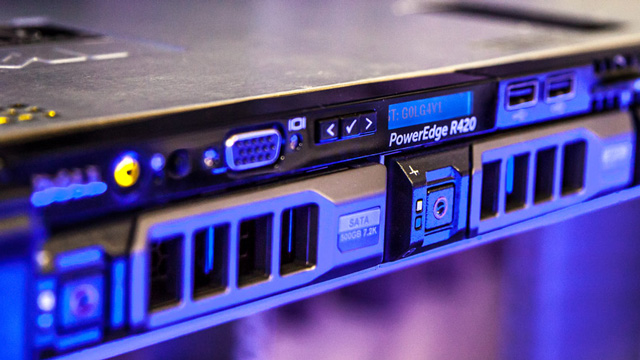
The CompTIA Network+ course is the perfect place for aspiring Network Admins to begin their training. This class covers basic networking concepts that are found in all home and corporate environments.
Inquiries & BookingsTopics include: hardware devices (routers, switches, cables, and connectors), software configurations (TCP/IP, MAC addressing, routing protocols EIGRP, OSPF, and RIP), as well as network security and troubleshooting.
Students will get their hands on a plethora of devices for their labs, which will allow each individual the ability to familiarize himself with different network setups and best practices for varied networked environments.